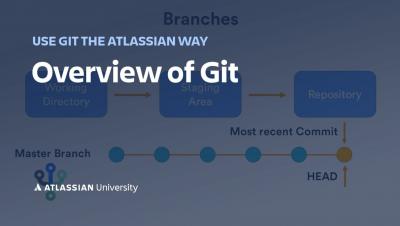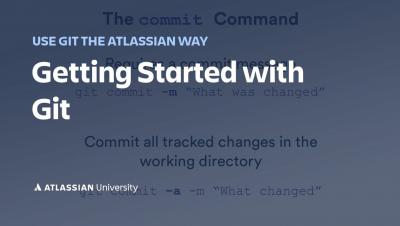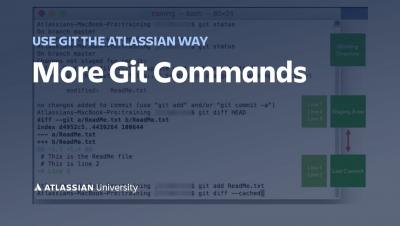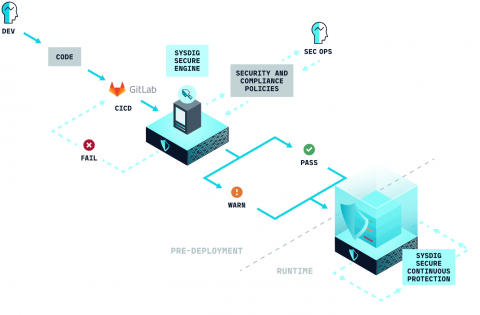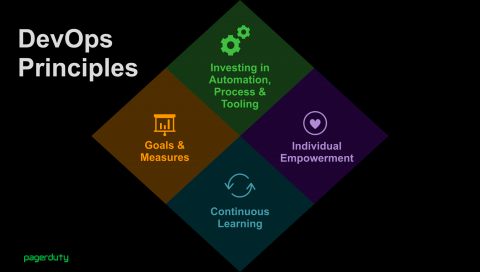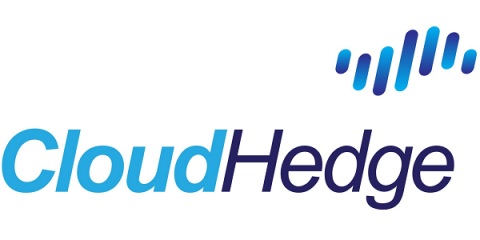Operations | Monitoring | ITSM | DevOps | Cloud
DevOps
The latest News and Information on DevOps, CI/CD, Automation and related technologies.
Getting Started with Git
More Git Commands
Integrating Gitlab CI/CD with Sysdig Secure
In this blog post we are going to cover how to perform Docker image scanning on the Gitlab CI/CD platform using Sysdig Secure. Container images that don’t meet the security policies that you define within Sysdig Secure will be stopped, breaking the build pipeline before being pushed to your production Docker registry.
A DevOps-Principled Approach to Inclusion, Diversity, and Belonging
Many organizations are transitioning to DevOps, a software practice where developers both write and operate their code. This transition is often driven by digital transformation and the need to innovate faster while being always on, 24/7. But what does DevOps have to do with diversity, inclusion, and belonging?
LogicMonitor
Automated Containerization of Apps Using CloudHedge
Well, the answer is yes and no. Containerization is a relatively new technology and needs significant efforts to containerize an application, orchestrate, secure, manage and monitor it. Hence it’s worth looking at what does it take to containerize, deploy and run an application in real production in bit details for you to take a call whether you want to venture into it yourself or not.
Deploying Redis with the ELK Stack
In a previous post, I explained the role Apache Kafka plays in production-grade ELK deployments, as a message broker and a transport layer deployed in front of Logstash. As I mentioned in that piece, Redis is another common option. I recently found out that it is even more popular than Kafka! Known for its flexibility, performance and wide language support, Redis is used both as a database and cache but also as a message broker.
Kubernetes Master Class: Using Persistent Storage in Kubernetes and Project Longhorn
CI/CD/Civo/C-what?
As a cloud provider and DevOps-focused company, we definitely want to practice what we preach. We see the benefits of a modern cloud native architecture, so we built our hosting of www.civo.com and api.civo.com (our application) to take full use of these modern decisions. This post describes our approach to Continuous Integration (CI) and Continuous Deployment (CD) from a Chief Technical Officer's perspective.


